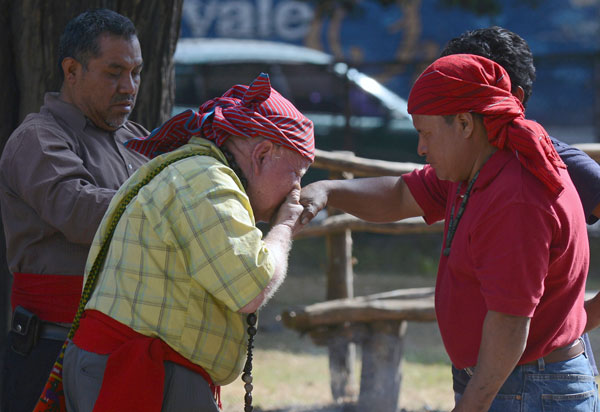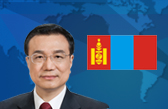Once-thriving Mayas struggle for survival
(Agencies/China Daily) Updated: 2012-12-20 07:51In Mexico's Chiapas state, social misery and exploitation led to the creation in 1994 of the media-savvy but later weakened Zapatista National Liberation Army, which drew attention to the community's plight.
But ethnic Mayas paid perhaps the heaviest price during Guatemala's civil war, which pitted the army against leftist guerrillas from 1960 to 1996.
 |
|
Mayan shamans perform a purification ritual during celebrations for the upcoming end - Dec 21 - of the Maya cycle known as Bak'tun 13 and the start of the new Maya Era, at the Kaminal Juyu site in Guatemala City, on Tuesday. Johan Ordonez / Agence France-Presse |
"There were external reasons which exacerbated the population's poverty and led to a stigmatization of indigenous people," according to Pop, the anthropologist.
More than 600 massacres of indigenous communities were recorded during that period, and tens of thousands of Indians sought refuge in southern Mexico from the brutal counter-insurgency by the military, according to a 1999 UN report.
Under the scorched-earth policy conducted by the regime of then-dictator Efrain Rios Montt, who ruled in 1982 and 1983, entire villages were wiped out.
In the midst of this systematic repression, indigenous activist Rigoberta Menchu rose to prominence. Her strong condemnation of the massacres earned her the Nobel Peace Prize in 1992.
"The armed conflict was used as a pretext to exterminate the indigenous population, physically and spiritually," Menchu said.
Agence France-Presse






